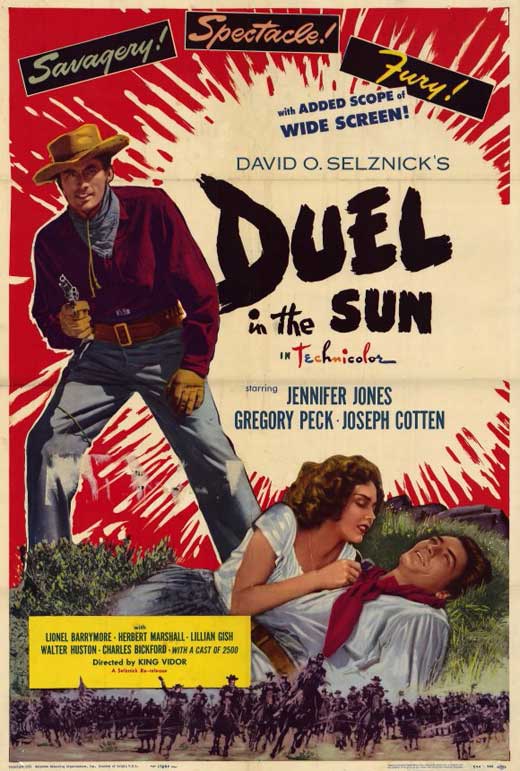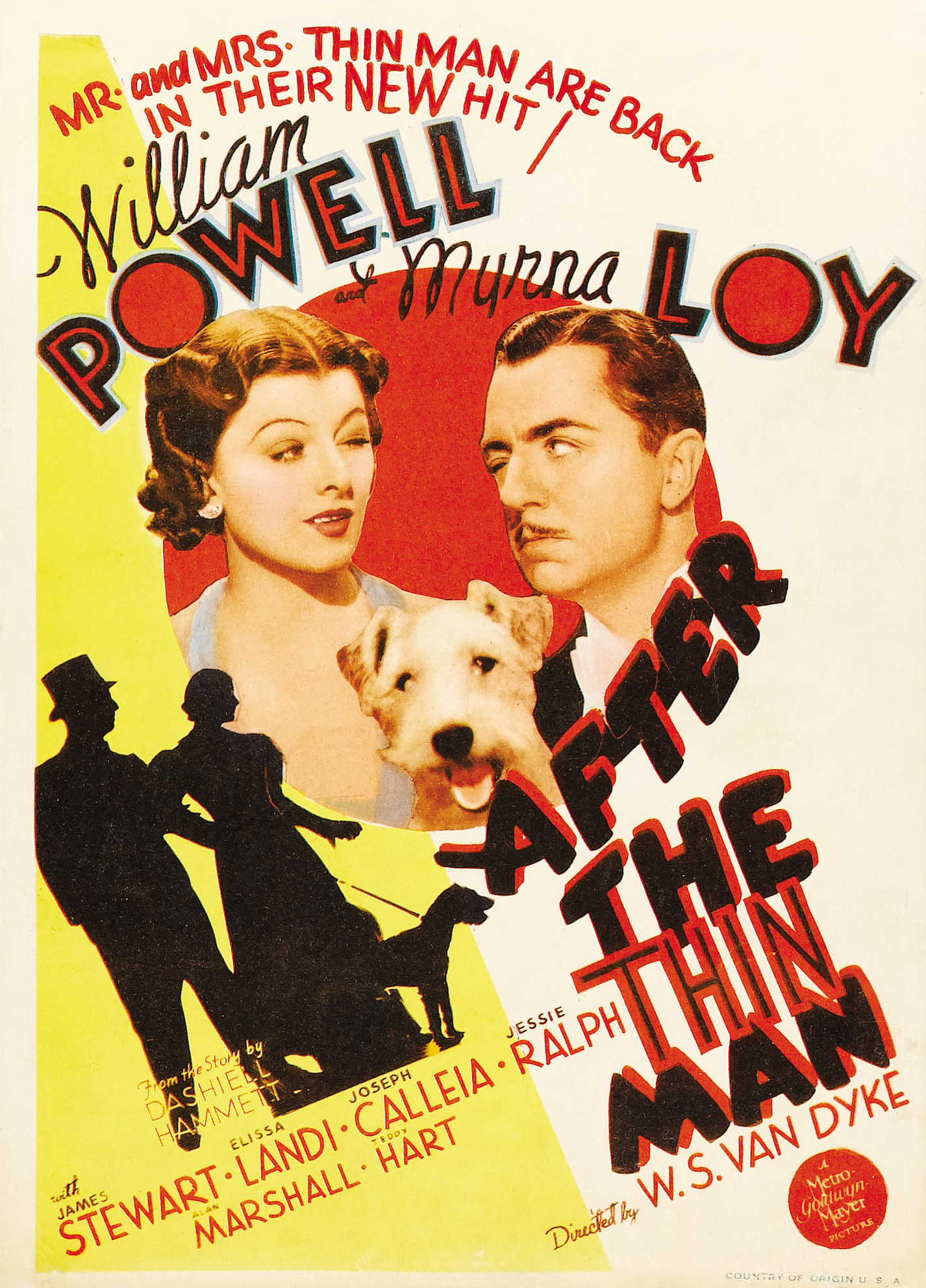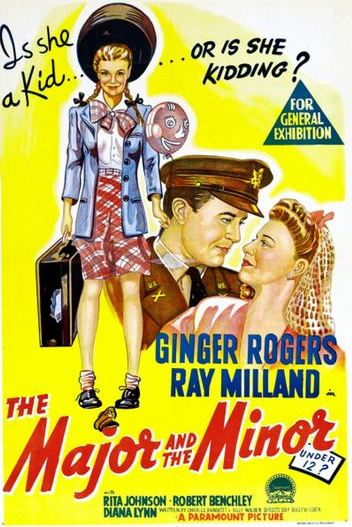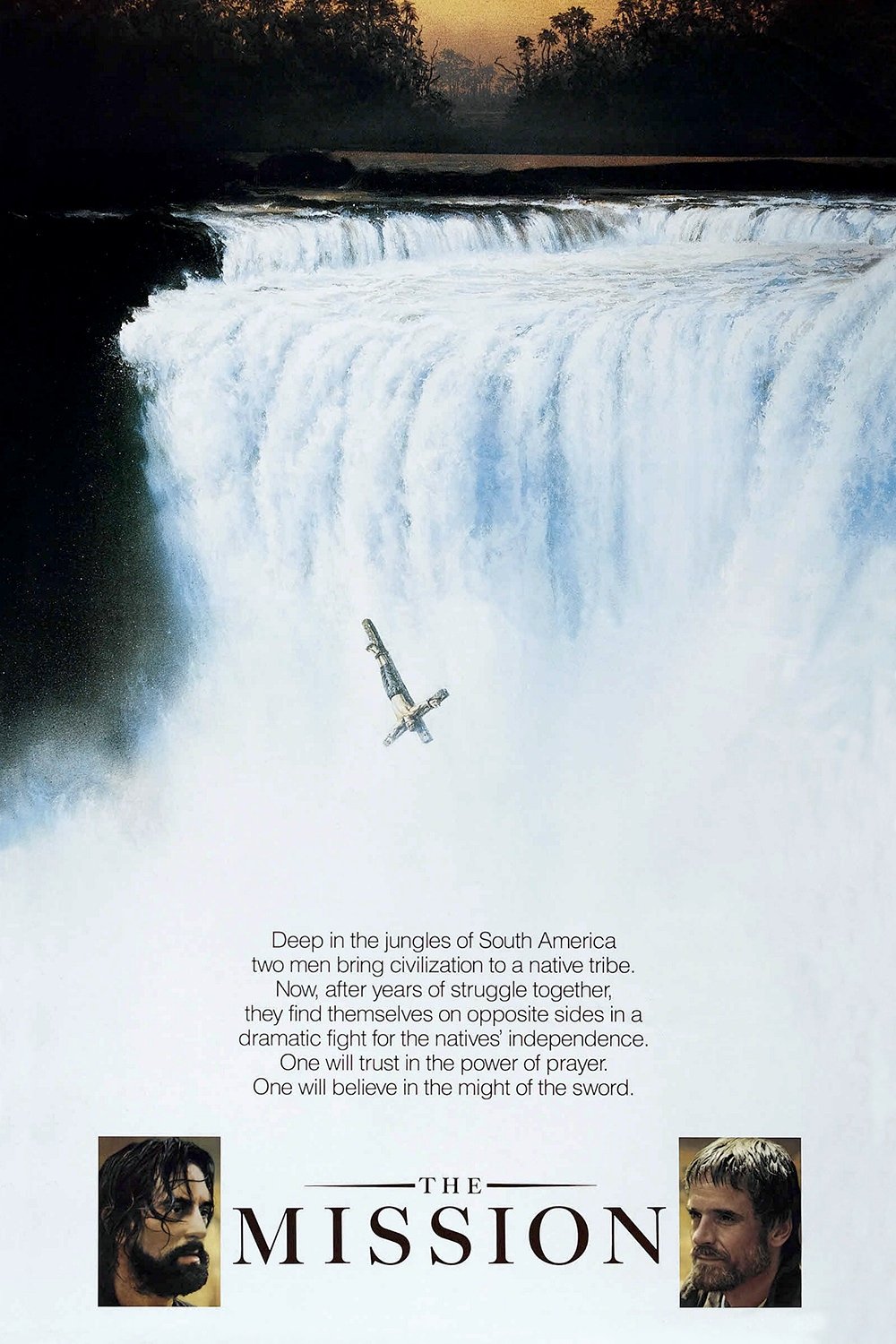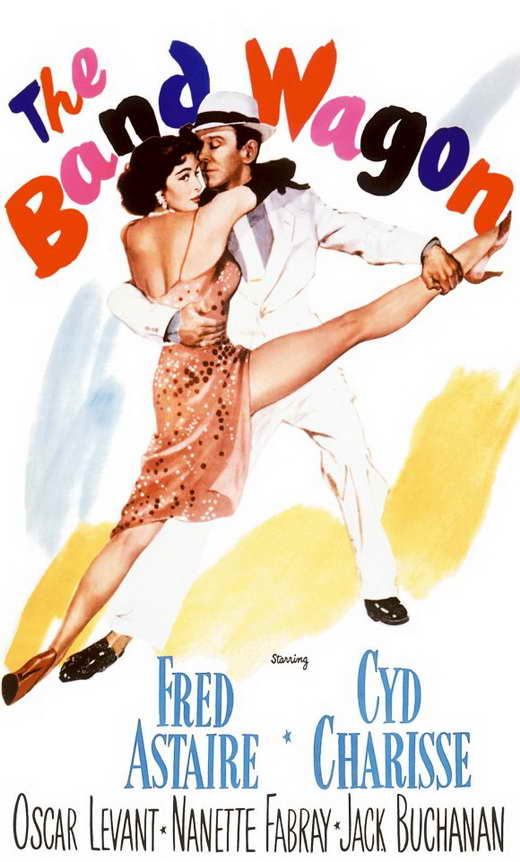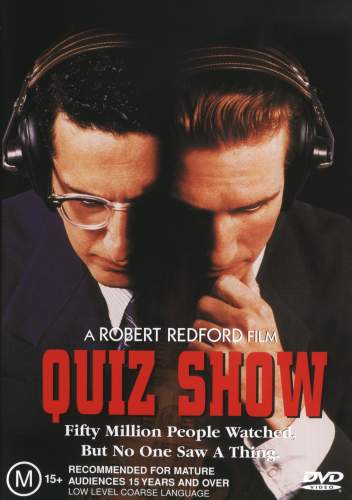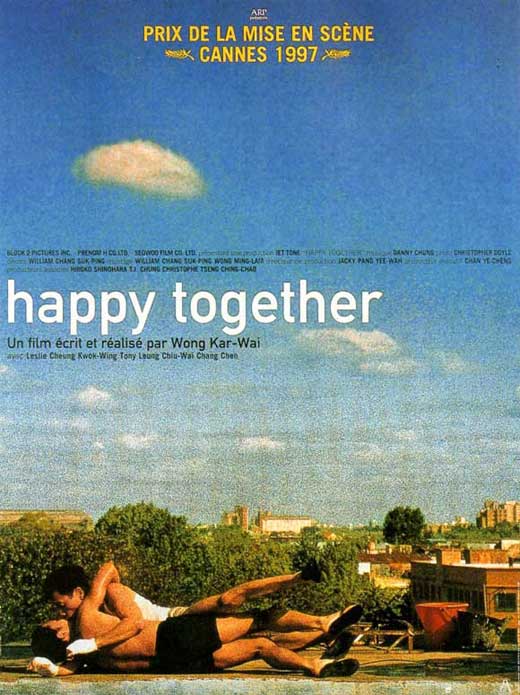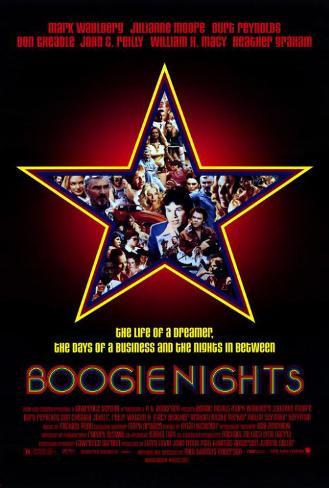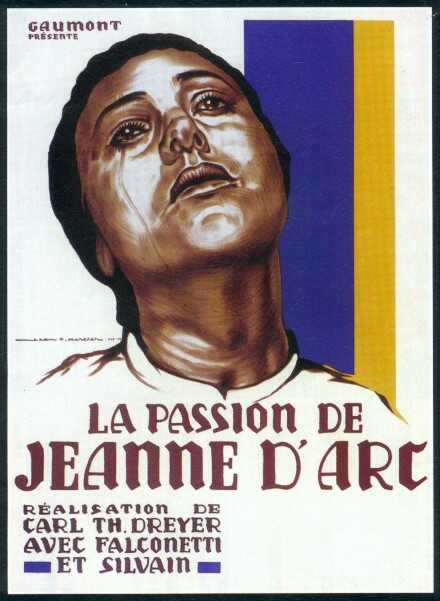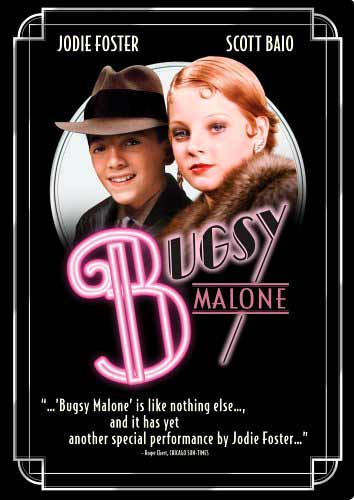Based On:
The Thin Man
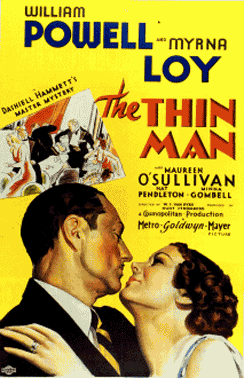
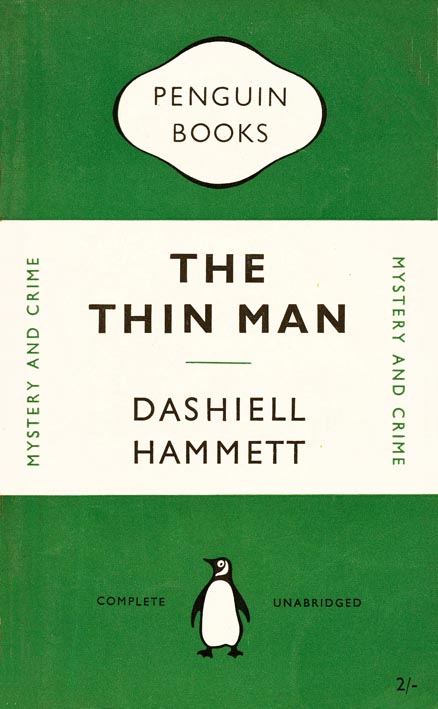
(
The Thin Man: novel and film: 1934)
The differences between Hammett's novel and Van Dyke's film come down to the portrayal of the marriage of Nick and Nora Charles. The outcome of the murder (both its victim and perpetrator) remain the same, though the film opens earlier in the story than the novel does, providing some background to the titular 'thin man.' It does alter Dorothy Wyman's character, giving her a fiancee and a good relationship with her father. In the novel we start at Dorothy's bumping into Nick at the bar, and asking him to help find her father.
The novel is a first person narrative from Nick's perspective. Hammett's Nick seems like the cousin of Chandler's Philip Marlowe; slightly cynical, though quite funny, hard-drinking and a little tough in his opinions about women. This is rather different from the Nick in Van Dyke's film. William Powell's Nick manages to be both sophisticated and clownish. His does drink a lot, but it is played for laughs in the film. Regarding women, Powell's Nick seems to look no further than his wife, who he clearly adores and is very comfortable with. In the novel, Nick never pursues other women, but there is a casualness to their relationship (apparently mirroring Hammett's own relationship with his lover Lillian Hellman).*
The reason for this difference in Nick and Nora's relationship largely comes down to how Nora is portrayed. In Hammett's novel, the first person narration means that Nora is depicted entirely through Nick's perspective; we have no access to her feelings. She is also rather in the background, having conversations with other characters that are not reported. Nora plays no major role in the murder investigation, and Nick interactions with Mimi and Dorothy are reported more than those with Nora.
This contrasts significantly with Myrna Loy's Nora. She actively participates in the murder investigation; when Nick puts her in a taxi in order to go do something else, she does some detective work of her own. There is more dialogue between the couple, and the banter clearly shows Nora's great affection and playfulness with Nick; their marriage is incredibly strong. While the novel ends with Nick explaining the whole case to Nora, the film shows them on their way back to San Francisco, happy to be finally alone with each other again. Loy's Nora is not seen through Nick's perspective, but instead stands as her own character.
Nora's greater prominence in the film comes down to the script. It was written by husband and wife writing duo Albert Hackett and Frances Goodrich, and some critics have argued that the screen relationship between Nick and Nora mirrors their marriage. Van Dyke had asked the writers to give him five scenes of Nick and Nora together, demonstrating the shift from the detective story to the couple's relationship. Goodrich also felt it her duty to make Nora a well-developed character.*
This is one of those rare instances where the film version of a story is equal to (or even better than) the novel source. Nick and Nora are a lot of fun to be around, something Van Dyke realised and decided to emphasise in his film.
*Much of this information (and arguments) come from Rosanne Welch's article 'Giving credit where credit is due: Frances Goodrich Hackett and Albert Hackett and The Thin Man,'
Journal of Screenwriting, (January, 2012), Vol. 3, pp. 157-176
